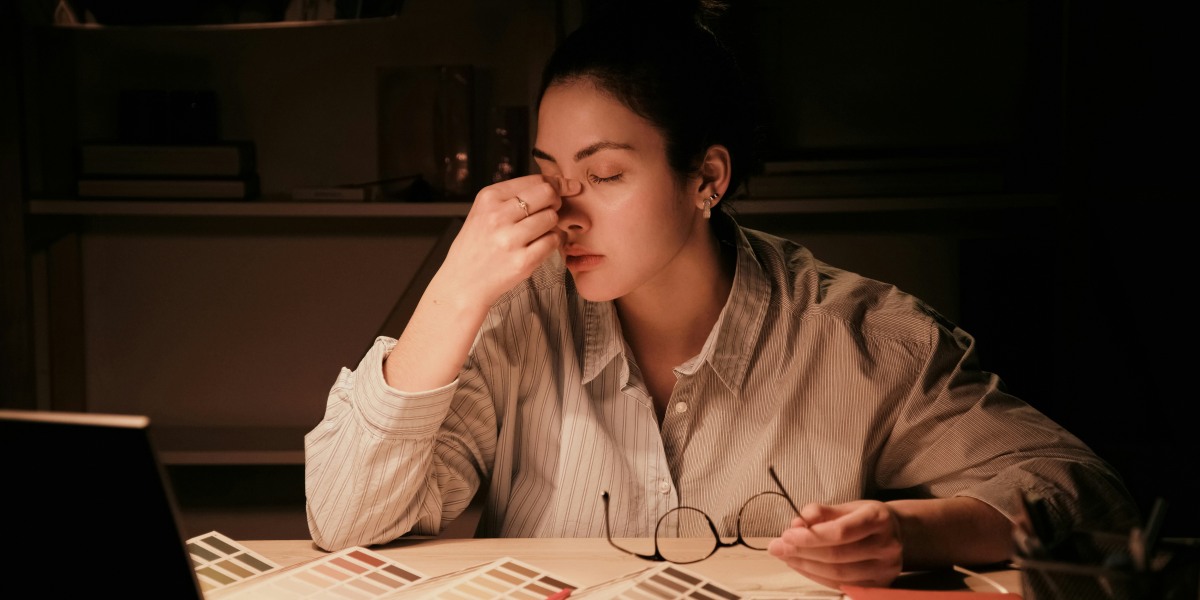In the world of global art today, with its heightened interconnectivity, the roads to international success are frequently dictated by more than simply talent, the skill to traverse cross-cultural platforms, conform to a multiplicity of audiences, and speak effectively to collectors and institutions. Artists who venture from national or regional backgrounds and end up in dialogue with global markets tend to possess unique styles or voices that resonate across borders. Over the past few decades, this art and cultural cross-pollination has witnessed an increased number of artists whose work captures the attention of gallery-goers, museum curators, and a global class of collectors, patrons, and institutions. In this context, the artistic journey of Inam M. Inamullah provides a lens through which one can examine the dynamics of transnational artistic success.
Born in 1961 in Karachi, Pakistan. Inamullah is Based in Atlanta, Georgia. Inamullah’s approach to landscape painting, characterized by his heavy use of texture and a palette knife technique, has become a recognizable signature within collector circles. His method focuses on thick layers of oil paint applied with precision, creating dense surfaces that engage visually and physically. These landscapes, often centered on natural motifs like birch trees and seasonal forest scenes, have found appeal across a wide range of cultural backdrops. Over time, this approach has become a stylistic preference and a defining element of Inamullah’s broader artistic identity.
His move from local exhibitions to the international art arena has been characterized by participation in exhibitions across Europe, the Middle East, and North America. His works in the textured oil medium have experienced more demand in markets such as the United Arab Emirates and Qatar, as per data from foreign art trade reports, most notably over the past decade. In recent years, Middle Eastern collectors have played a significant role in international art sales, reflecting growing interest and broader exposure for artists in this area. Inamullah’s works, with their sculptural dimensions and allusions to natural cycles, are consistent with trends in these expanding art markets.
Most notably, a significant landmark of Inamullah’s career was reached with the collection of his work by the Qatari royal family. Although specific figures are never publicly announced in such circles, sources affiliated with regional galleries have confirmed that some of his works were purchased by buyers associated with the Qatari art patron network as early as 2019. This kind of endorsement can shift the public and critical perception of an artist’s work, elevating it within valuation circles and opening doors to further institutional interest. For many artists, being collected by such influential families adds financial support and a layer of cultural validation that can accelerate global exposure.
Inamullah’s growing presence in global exhibitions also reflects a deliberate positioning strategy. He has consistently shown in cities with robust art economies, such as London, Dubai, and New York. He has participated in group and solo exhibitions that often intersect with international art fairs and biennials. For example, between 2018 and 2023, his works were part of rotating shows that included contemporary and traditional landscape interpretations, curated across venues with transnational audiences. Reports suggest that global art fair participation has increased, with a growing number of galleries engaging in international events each year. For artists like Inamullah, this expanded presence has contributed to broader visibility beyond local art scenes.
His rise reflects a larger pattern of artists from non-traditional art capitals gaining traction in elite circles through thematic consistency. Inamullah’s paintings, while textured and physically engaging, maintain a cohesive emotional and aesthetic vision rooted in nature. This consistency has reportedly contributed to interest retention among private collectors, especially those who view artworks as long-term investments rather than singular acquisitions. Reports on global wealth and investment suggest that art continues to be a popular passion investment among high-net-worth individuals, with many having invested in artworks recently. This places textured landscape painting and Inamullah’s work within that realm squarely in the sights of a specific kind of investor-collector.
Despite the growing commercial appeal, Inamullah’s work has also been discussed within academic and curatorial settings. His textured landscapes have been used as case studies in exhibitions exploring the sensory experience of painting, particularly in discussions surrounding the convergence of visual art and physical tactility. Institutions and curators analyzing his approach have noted how the sculptural qualities of his canvases blur the line between painting and low-relief sculpture, presenting an opportunity for reflection on the materiality of nature in contemporary practice.
In recent years, international curators have also begun to view Inamullah’s work as a connective medium between traditions. His practice combines a Western art historical tradition with impressionistic interpretations of nature, and tactile applications more aligned with Eastern and South Asian artistic methodologies. This convergence allows his paintings to resonate across cultural expectations and aesthetic norms. For global institutions, such crossover appeal plays a role in programming decisions, particularly when balancing regional representation with international relevance.
The cultural flexibility of Inamullah’s textured paintings may help explain their reception across such diverse geographies. Whether viewed in a gallery in Manhattan or a private collection in Doha, the visual language of dense foliage, shifting skies, and reflective forest floors is both broadly accessible and nuanced enough to invite deeper reflection. These works do not rely on abstract symbolism or conceptual frameworks that require extensive explanation. Instead, they create visual and emotional space for varied interpretations, a quality that arguably contributes to their cross-border appeal.
In a nutshell, the international recognition of Inam M. Inamullah has not occurred in isolation. It results from consistent thematic focus, strategic exposure in key art capitals, and alignment with collector preferences, prioritizing emotional resonance and material innovation. His textured landscapes, initially developed in the context of his Atlanta-based practice, have moved into the collections of influential global patrons and found resonance in institutional settings. In 2012, Art Business News named Inamullah among the “Top 50 Emerging Artists,” highlighting his potential and the growing interest in his work. This acknowledgment from a respected art publication underscored his emerging status in the global art scene.
Disclaimer: The views and interpretations expressed in this article are those of the author and do not necessarily reflect the opinions of Inam M. Inamullah or any affiliated galleries or institutions. While every effort has been made to ensure accuracy, specific details, such as artwork collections or sales figures, may not be fully verified due to the private nature of art transactions. The information provided is based on publicly available sources and reports and is intended for informational purposes only. Any reliance on the content provided is at the reader’s own risk.









